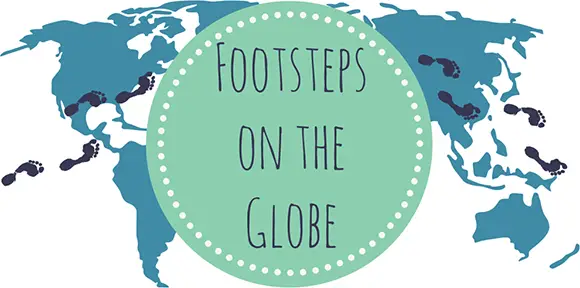12 Cool things to do in Berlin (that first-time visitors will love!)
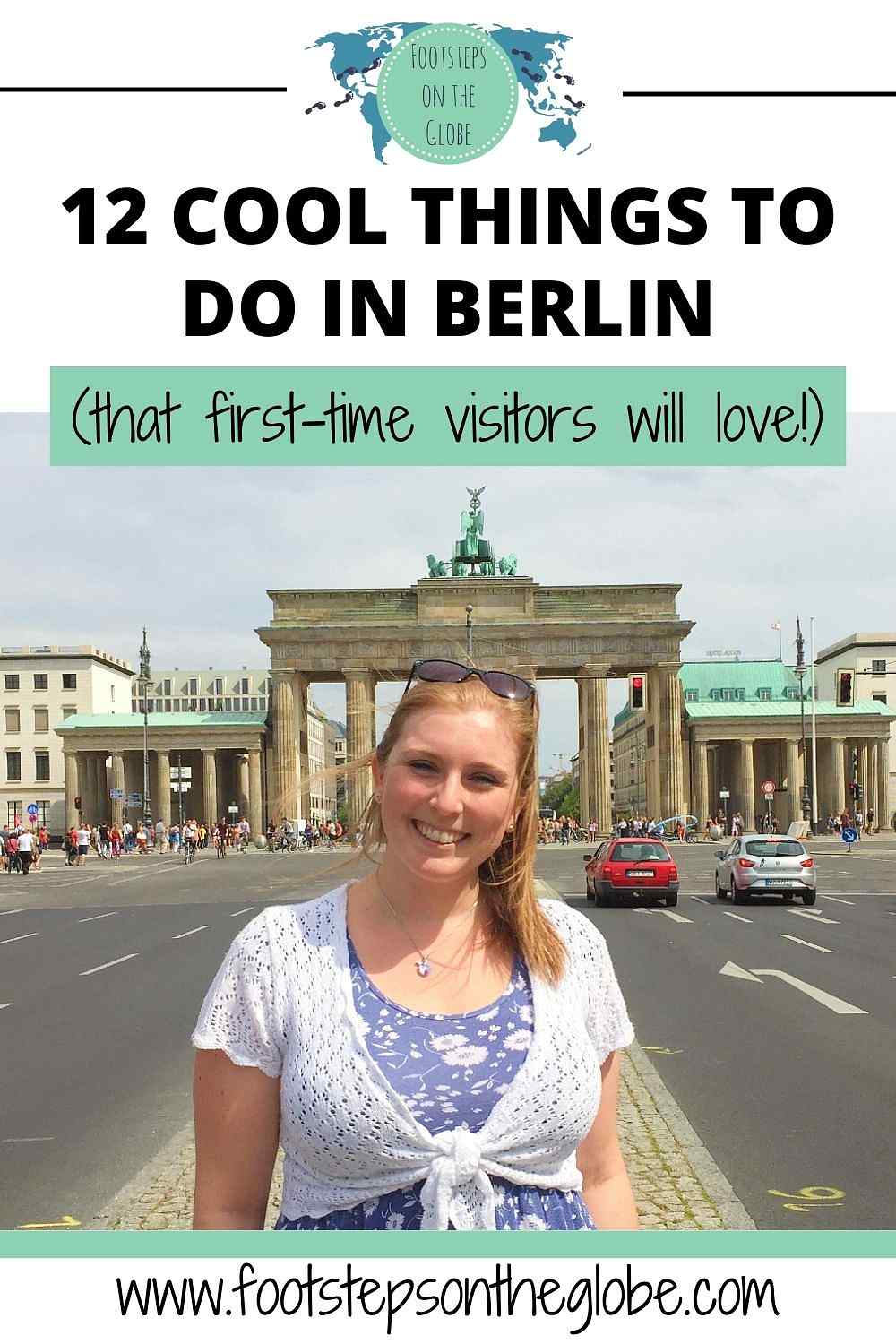
12 Cool things to do in Berlin (that first-time visitors will love!)
Berlin is a captivating blend of history, culture and innovation. Nestled in the northeastern part of Germany, this metropolis stands as a testament to resilience. From its iconic, historic landmarks to its thriving art scene and banging nightlife, Berlin invites visitors on a journey of exploration. With a knack for great storytelling and palpable sense of creative energy, Berlin beckons adventurers from around the globe to experience its unique allure! Here are 12 cool things to do in Berlin that first-time visitors will love!
OTHER European CITY break POSTS YOU MAY LIKE…
- Best Northern UK city breaks for vegan travellers
- 24 HOURS IN PARIS: How to see the best of Paris in a day!
- Top 20 free things to do in Amsterdam (that first-time visitors will love!)
- Top 10 things to do in Porto for first-timers
1) Start at the Brandenburg Gate!
The Brandenburg Gate is a great starting point in Berlin as it marks the centre of the city.
It’s hard to believe that this archway has had such a colourful past. But it has survived two world wars, an invasion from Napoleon and the rise and fall of the Berlin Wall during the Cold War!
In other words this archway is a BOSS.
Built on the instruction of Prussian King Frederick William II in 1791, the Brandenburg Gate connects the former Emperor’s city centre palace with his hunting grounds. You can walk around the hunting grounds to this day as it’s now a lovely public park called Tiergarten.
The Brandenburg Gate has been at the centre of major political and social events throughout its history. This includes Hitler coming to power in 1933 and the fall of the Berlin Wall in 1989.
The gate was designed as an arch of peace with the goddess of peace represented in the sculpture placed on top at the reigns of a horse drawn chariot.
However, she was later renamed Victoria after the Roman goddess of victory after she was brought back from Paris after being stolen by Napoleon after his victories at Iéna and Auerstädt.
The Berliners renamed the square it sits on to “Pariser Platz”. Which is a tongue in cheek way of commemorating their defeat over France in 1814.
When the Berlin Wall came down in 1989, the Brandenburg Gate went on to become a symbol of unity between East and West Germany.
Tip: This is the most popular site in Berlin, so either get there first in the morning when there are fewer tourists or pass by when you‘re heading home for the night. It’s amazing no matter what time of day you go but it looks particularly beautiful lit up at night.
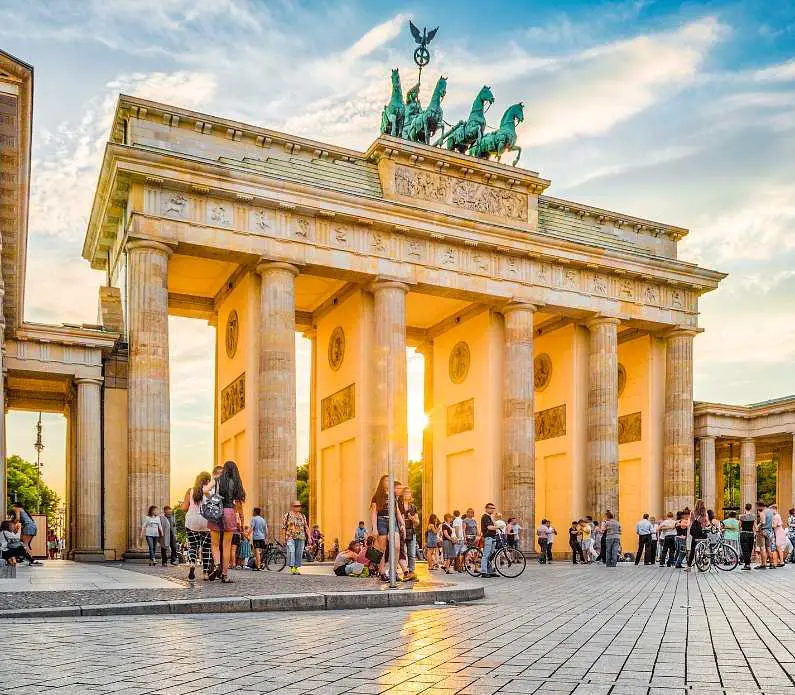
2) Go on a walking tour
Next up is the Berlin Walking Tour! It’s one of the best ways to get your bearings in a new city and start to learn all about it!
Your guide will give you a real insight into the history and culture of Berlin. As well as share lots of local knowledge and fun stories as they show you around the best spots in the city.
Sites covered include: the Memorial to the Murdered Jews of Europe, the site of Hitler’s bunker, Checkpoint Charlie, the Luftwaffe Head Quarters (the former Nazi airforce) and Humboldt University.
You’ll also pass by the Topography of Terror (more about that later), remains of the Berlin Wall and Trabi World.
Side note: I would highly recommend visiting Trabi World after your tour as it’s so much fun!
The museum is home to the East German cars that were voted one of the worst cars EVER made! It supposedly took 21 seconds for Trabant (Trabi) cars to go from 0 to 62 mph and its top speed was 70mph! 😂
They’re so cute and iconic though, they’ve become a real favourite amongst Berlin visitors!
Tip: Ask questions! Berlin has got so many layers of history that it’s hard to believe they fit so much into a two and half hour tour! Use the time you’re being taken from site to site as an opportunity to ask any questions you have.
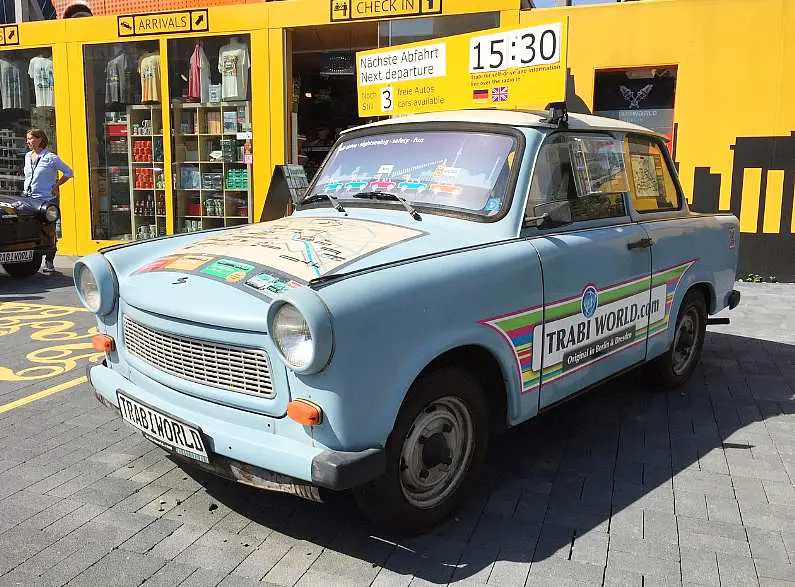
3) Take a walk down the East Side Gallery
The East Side Gallery is the longest remaining strip of the Berlin Wall which divided East and West Germany during the Cold War.
The almost mile-long wall is now a global memorial to freedom and covered in art and graffiti by artists from around the world.
Take your time to walk down and appreciate the different pieces as each painting documents a time of change. They also express the hopes for a better and free future, not just for Germany but for the world.
All the murals are striking and thought-provoking. It’s really interesting to see how each artist has lent their particular style to each section of the wall.
It’s hands down one of the coolest things to do in Berlin!
Book East Side Gallery Museum tickets.
Tip: Get to the East Side Gallery as early as possible. This popular tourist spot is swarming with people from sunrise to sundown! You’ll get gradually more frustrated as you wait for people to move out of your photo.
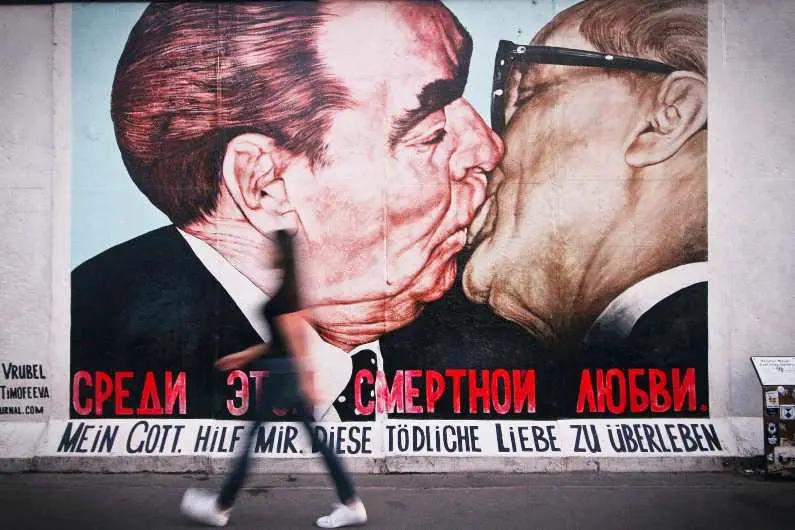
4) Visit the Monument to the Murdered Jews of Europe
The Monument to the Murdered Jews of Europe is extremely hard hitting. However, it’s something you cannot miss whilst you’re in Berlin.
This extremely moving and poignant memorial is just two minutes walk away from the Brandenburg Gate. It’s presence in the centre of Berlin is one that is as much about remembrance as it is a warning.
Designed by North American Jewish architect, Peter Eisenman, the memorial evokes a feeling of unease and disorientation.
On surface level, there is a memorial covering an area of 19,000 square meters made up by a maze of 2,711 concrete blocks in different sizes.
It’s meaning though, is for you to decide and interpret for yourself.
Underground, beneath the memorial is the information centre. You learn about Hitler’s, ‘Final Solution’ and hear the different stories of victims and survivors of the camps.
It’s an extremely harrowing experience.
I have enormous respect for Germany as they acknowledge their dark past. They believe through education and remembrance that we can ensure that history doesn’t repeat itself.
Tip: Don’t plan anything after your visit. It’s very emotional and there’s a lot of information to take in so take it easy afterwards. If you don’t want to go inside the museum, the Berlin Walking Tour also covers the memorial.
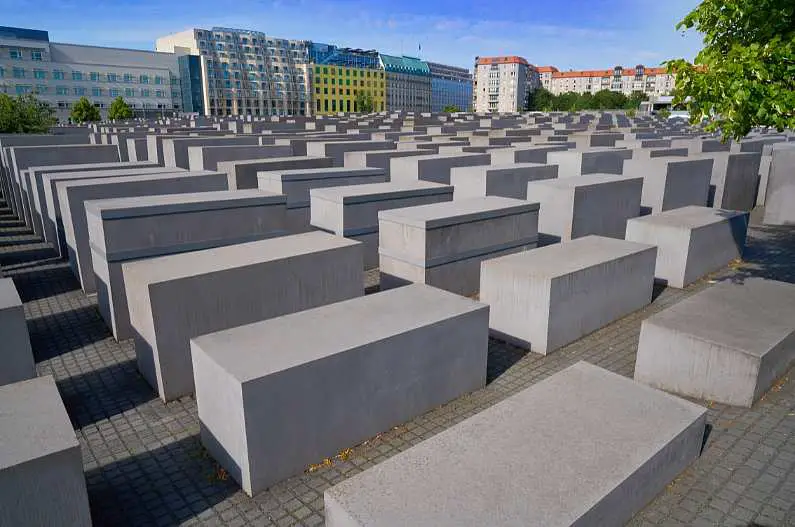
5) ‘Check out’ Checkpoint Charlie
Checkpoint Charlie was the most well-known crossing point between East and West Berlin during the Cold War.
There were several checkpoints however Checkpoint Charlie was the most famous.
After the wall came down in 1989, the checkpoint was removed. However, tourists kept visiting the site expecting to find it! So it was recreated again and now stands as a symbol of that time.
Despite the crowds and the complete tourist trap that this spot now is, it’s still really cool to see!
There’s also a museum worth visiting behind the checkpoint called, Mauer Museum. The museum actually played a role in the Berlin Wall coming down too!
Most memorable are the original artefacts from successful escapes in the museum. These include a hot air balloon, a mini submarine, cars and planes!
There’s also lots of interesting stories of people helping East Germans flee and using the museum to plan escapes.
It’s a bit information overload but it’s fantastic. Just don’t get bogged down reading everything!
You can learn more about the checkpoints on the Berlin Walking Tour too.
Tip: Get to Checkpoint Charlie first thing in the morning. I tried getting a photo outside it the entire time I was in Berlin and it’s always crowded. Before the tour buses and the actors arrive for the photo ops, quickly jump in to get your photo. There will probably still be a queue though!
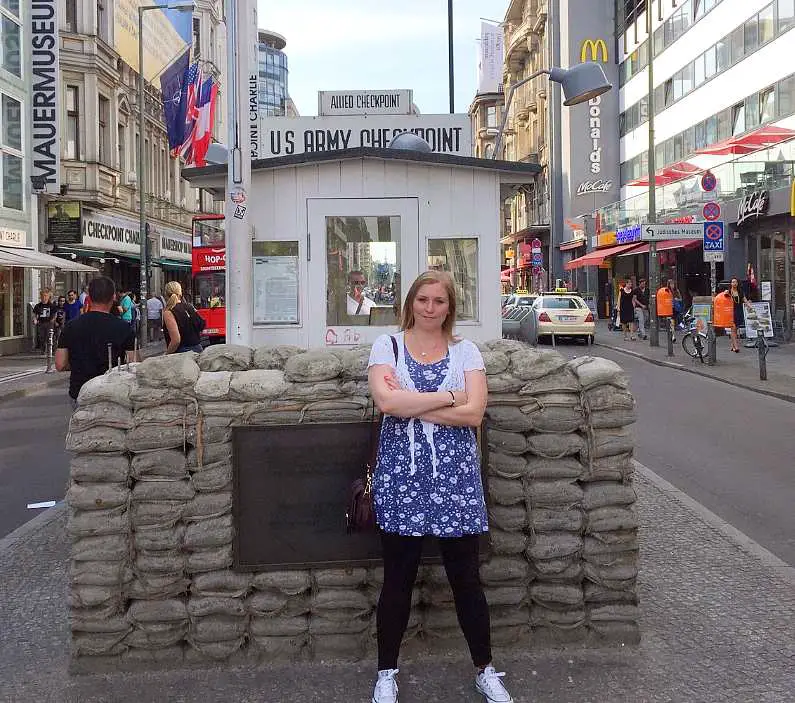
6) Go on a street art tour
Berlin has a world-class street art scene and a Berlin Street Art Tour is the best way to see Berlin’s gritty underground graffiti scene.
Kept behind the iron curtain for nearly 40 years, West Berlin developed its own unique identity and became a popular destination for non-conformists in search of an alternative lifestyle (including David Bowie!).
After the fall of the Berlin Wall it moved East.
On the Berlin Street Art Tour you’ll witness the clash between corporate expansion and urban development with this unique bohemian community of artists and musicians.
Starting at the Bradenburg Gate, you’ll make your way through graffiti art and murals in the old Jewish Quarter and finish by the East Side Gallery.
Fun fact: graffiti and street art is actual illegal in Berlin. If you’re caught ‘redecorating’ anywhere, you can be jailed for up to two years! So don’t feel inspired after this tour to pick up a spray can and join in the fun!
Book the Berlin Street Art Tour.
Tip: Have something to eat before you go on the tour. It’s three to three and a half hours and there’s only one short break in-between.
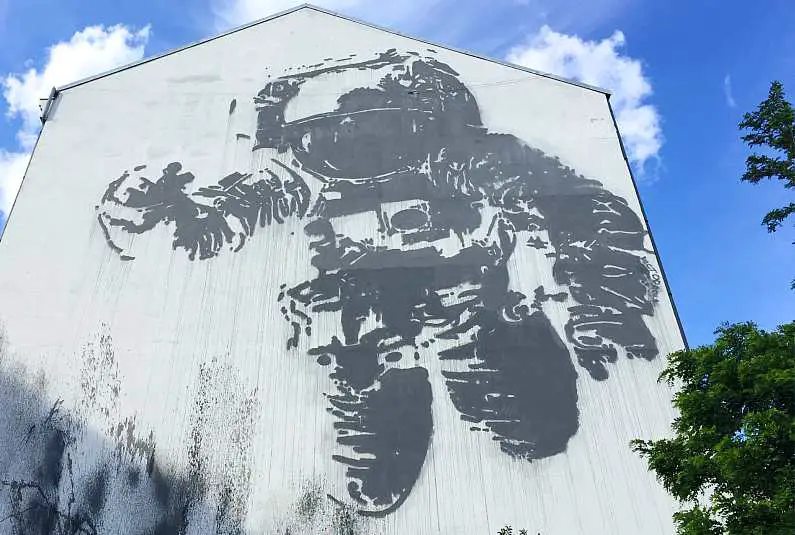
7) Get interactive at the DDR Museum
The DDR Museum is one of my favourite museums in Berlin!
It’s a fun and interactive way of learning about what life was like in East Berlin whilst the Berlin Wall was still up. The area was known as the “DDR” (German Democratic Republic).
You can watch propaganda films, tour around a reconstructed East Berlin high rise apartment, learn about the education and law systems and have a go ‘driving’ one of their infamous Trabi cars.
Tip: The DDR Museum is located in the former governmental district of East Germany. It sits right on the river Spree which is a beautiful area of the city. Make sure to get the most out of your time there by having a stroll along the riverside. Grab a bite to eat and have a walk around Alexander Platz.
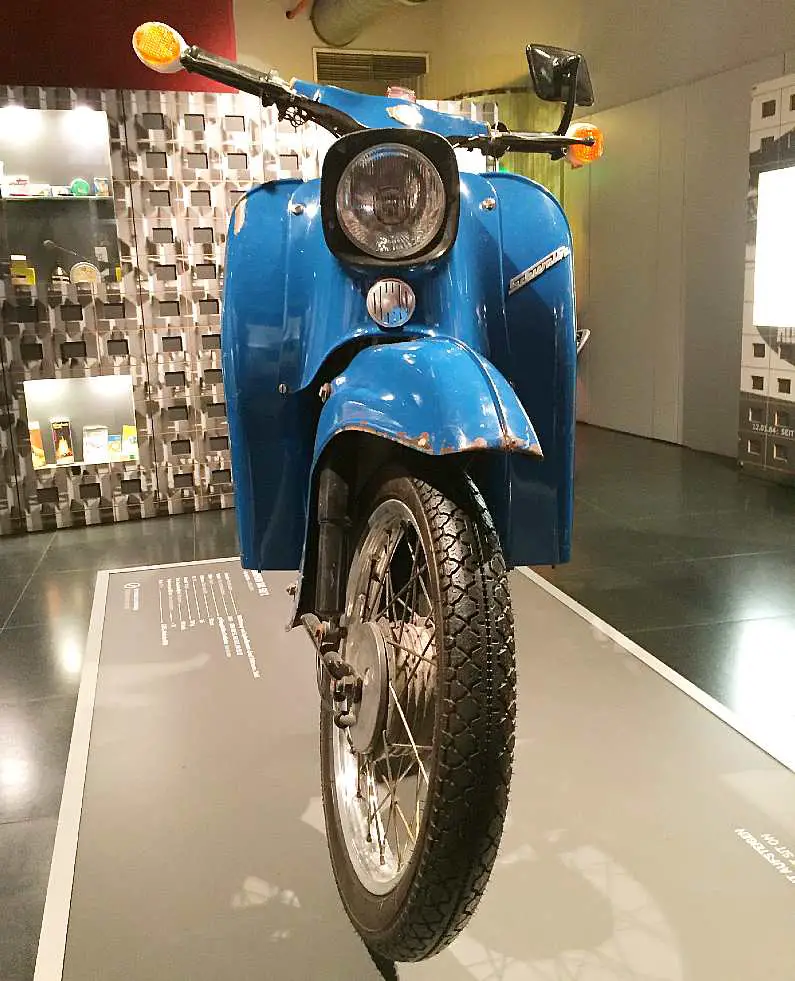
8) Explore the Stasi Museum
The Stasi Museum was the former headquarters of the GDR Ministry for State Security (MfS).
It was also the base for Erich Mielke, who served as Minister for State Security from 1957 until the end of the GDR.
This museum is a really unique experience! Unlike other museums which house history behind a glass cabinet, this building literally is history.
Inside the building, rooms and offices have been kept the same as they were during the GDR. So it really feels like you are peeking into a secret headquarters!
The exhibition starts on the ground floor detailing how and why the GDR and Stasi were created. You’ll then make your way through the rooms until you get to the third floor where you’ll learn what led to the Stasi demise when the Berlin Wall came down in 1989.
I would describe this museum as the flip side to the more light-hearted, interactive DDR Museum.
It goes into less detail about average, everyday life in East Berlin. However, shows you the dark underbelly of how they kept people from speaking out under the communist regime.
The Stasi would hire your own friends as spies and even search your apartment without you knowing.
You could be brought in for questioning if you so much as wore your hair in a style that may indicate you were a rebel!
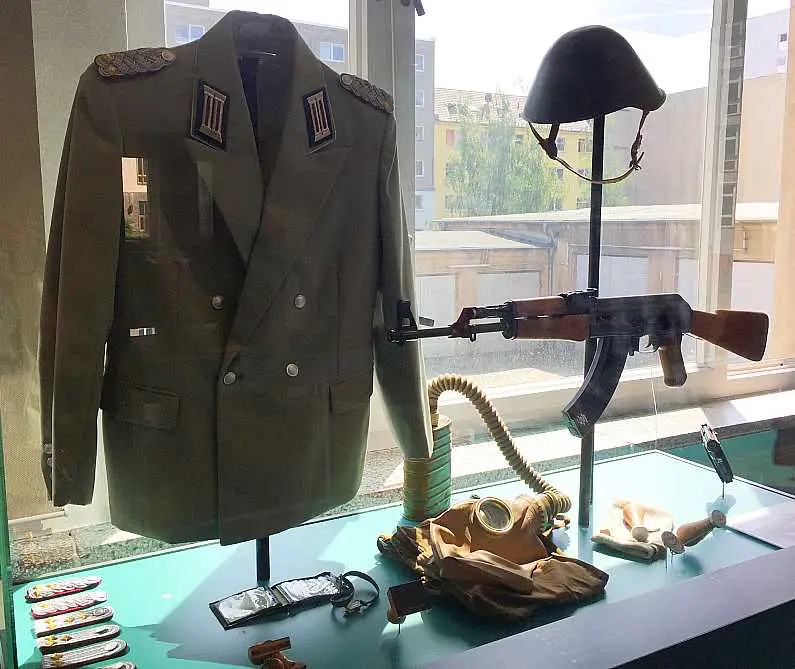
9) Visit the Topography of Terror
The Topography of Terror is both an indoor and outdoor museum that focuses on the crimes of the SS.
This was the major paramilitary organisation under Adolf Hitler’s Nazi Party and Gestapo Police during the ‘Third Reich’.
The museum is built on the former headquarters on Niederkirchnerstrasse, formerly Prinz-Albrecht-Strasse close to Potsdamer Platz.
The Topography of Terror isn’t set out like an ordinary museum. The history of the Gestapo and SS is told through a series of information panels and documents.
You’re led through a timeline of what happened between 1933 when Hitler came to power and 1945 when Germany lost the war.
There’s a trench alongside the excavated segments of the former headquarter’s cellar wall which now makes up the outdoor section of the museum covered over by glass.
A bonus to visiting the Topography of Terror is that you can see the second longest stretch of what remains of the Berlin Wall.
Tip: The museum may only seem small but it takes a while to get round it. The outdoor part of the museum is open all hours though. So if you’re knackered from reading all the information on the inside you can always come back one evening when the museum is closed to visit the outside.
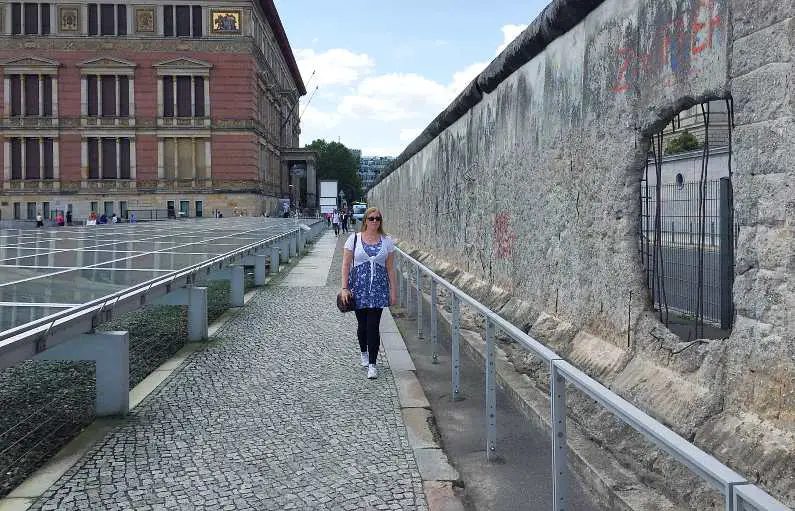
10) Watch the sunset from the top of Berlin’s TV Tower
Located in Alexander Platz, 666 feet above the city, Berlin’s TV Tower offers the best 360 views of Berlin and it’s not to be missed!
I absolutely loved watching the sunset as I sipped on delicious cocktails.
Tip: Prebook your tickets, as it makes it a lot easier and you get to skip the queue. Also! Time your visit just before sundown so you can see everything from the day AND night perspective. Timings of the sunset will differ depending on the time of year you go so just double check before you book.
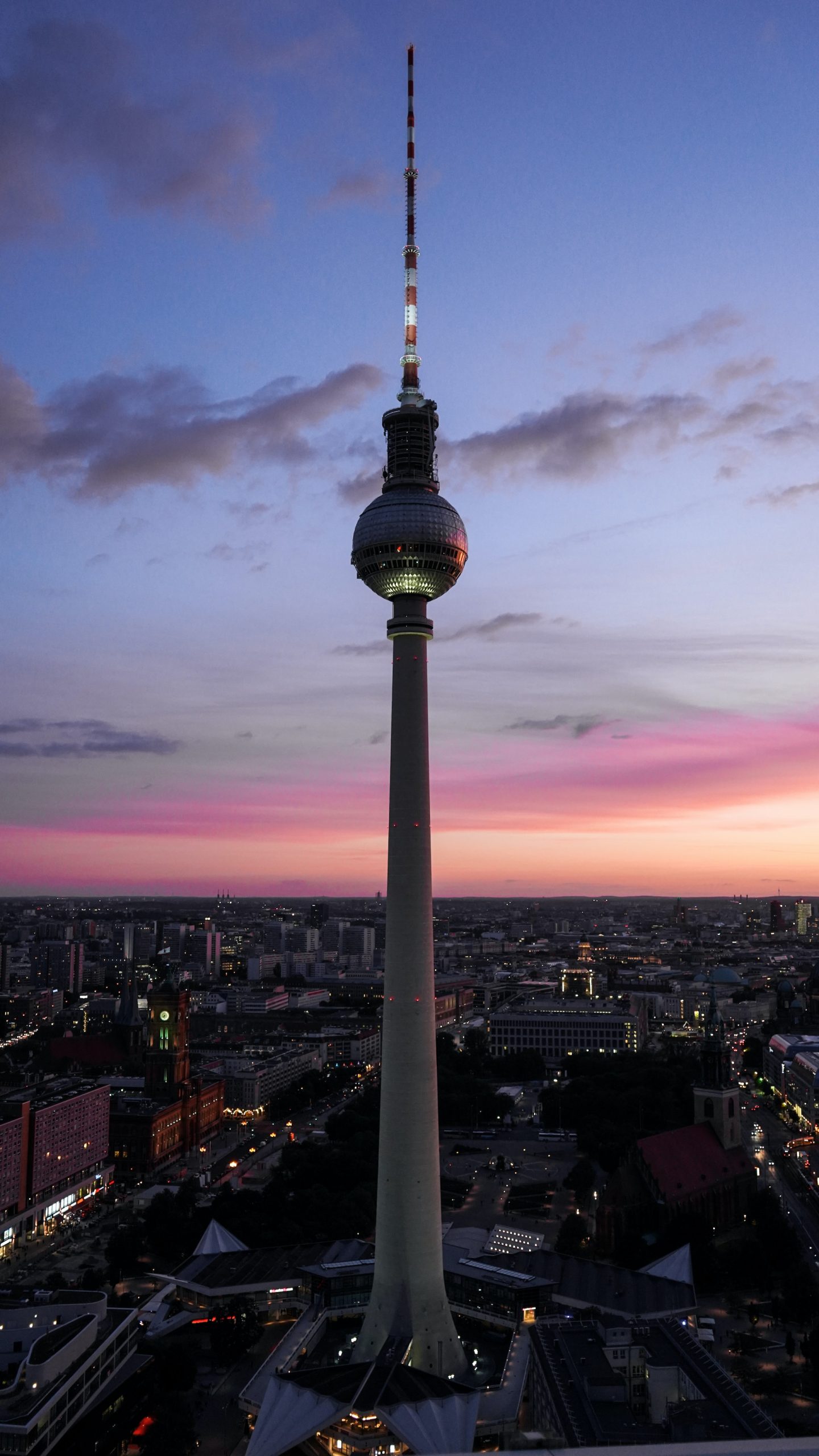
11) Explore the Old Jewish Quarter
Despite suffering from severe bomb damage during WWII, many of Berlin’s Jewish Quarter’s most beautiful buildings survived.
The area is still home to a rejuvenated Jewish community and thriving cultural scene.
One of the Jewish Quarter’s hidden treasures is the Haus Schwarzenberg which is the last holdout in the heavily renovated area around the Hackescher Markt.
In this tiny little courtyard, there’s the Anne Frank Exhibition in remembrance of the young Jewish diarist, Anne Frank and The Museum Otto Weidt’s Workshop for the Blind, which honours the memory of factory owner, Otto Weid (Berlin’s own Oskar Schindler).
During my time in this area of Berlin, I loved hearing the stories of the lesser known heroes like Otto Weid. His factory for the blind and deaf still remains in the Jewish Quarter as a testament to his bravery.
Otto fiercely protected his Jewish workers from deportation, even hiding them for 10 months in a room at the back of his workshop. After the war he established an orphanage for survivors of the concentration camps but he sadly passed away in 1947.
Also in this area, look out for the stumbling stones or ‘Stolpersteine’ which are touching tributes to Jewish residents that lived outside or near where the stones are found.
The artist who developed the idea for the stones, Gunter Demnig, said: “a person is only forgotten when his or her name is forgotten”. So for only €120, anybody can sponsor a stone, its manufacture and its installation in remembrance of a family member, friend or neighbour lost in the holocaust.
Tip: The Jewish Quarter will take at least a day to get round so enjoy a guided tour. Seek out all of its fabulous street art and visit its various museums but be wary of time. You’ll want to make sure you see all the different sides to this wonderful area of Berlin.
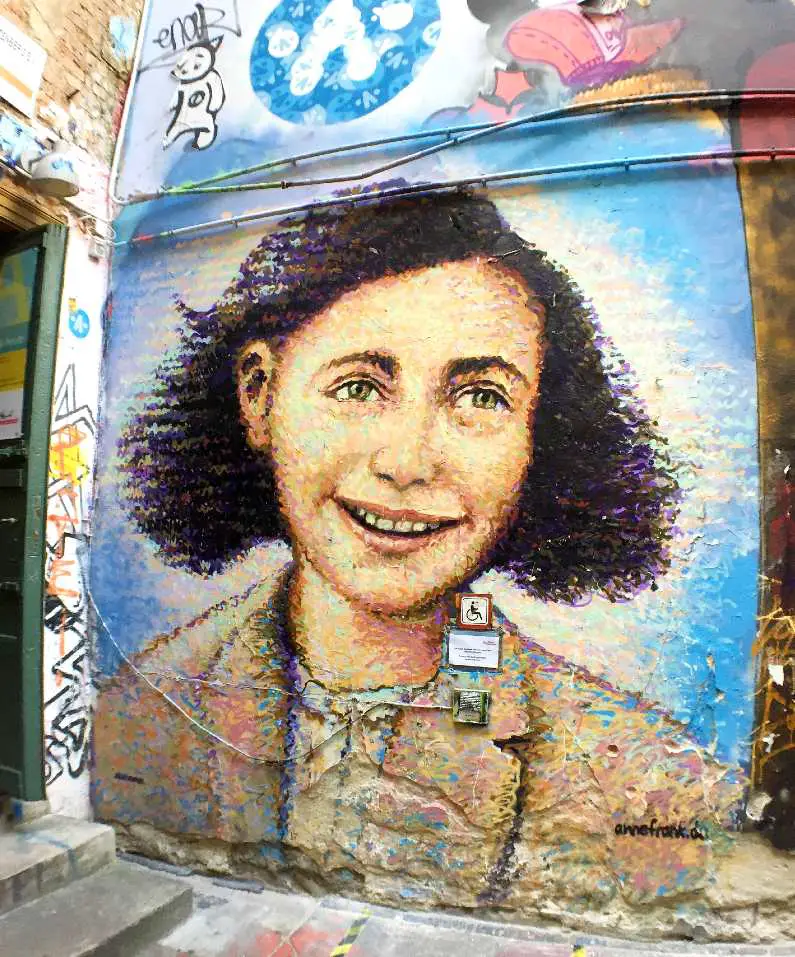
12) Rent bikes for an easy (and fun!) way to get around
During my four days in Berlin, I went from a person that hadn’t ridden a bike in 20 years to someone that was happily biking around a busy city – and loving it!
It was so much cheaper and quicker than a taxi or waiting for the bus. If the weather permits it (i.e. it’s not pouring rain out!) I highly recommend it.
I used Nextbike and through their app you’re able to activate bikes simply by entering the bike number. You then use the four-digit code you receive to unlock them. It’s super simple!
As soon as you’re finished, you lock the bikes again and payment is taken through the app.
It’s only roughly €1 per half an hour to rent the bikes. But you won’t cycle for more than about an hour and a half in total in a day. Which still makes it cheaper than any other mode of transport in Berlin!
If you’re going further out (more than half an hour bike ride away) then I would take the train. Otherwise, these awesome bikes are scattered around the city and the app tells you when one is close by.
Tip: If you’ve not been on a bike for a long time, start off in a quieter area of the city. Berlin has cycle lanes everywhere and is a really bike-friendly city so you’ll feel comfortable in no time!
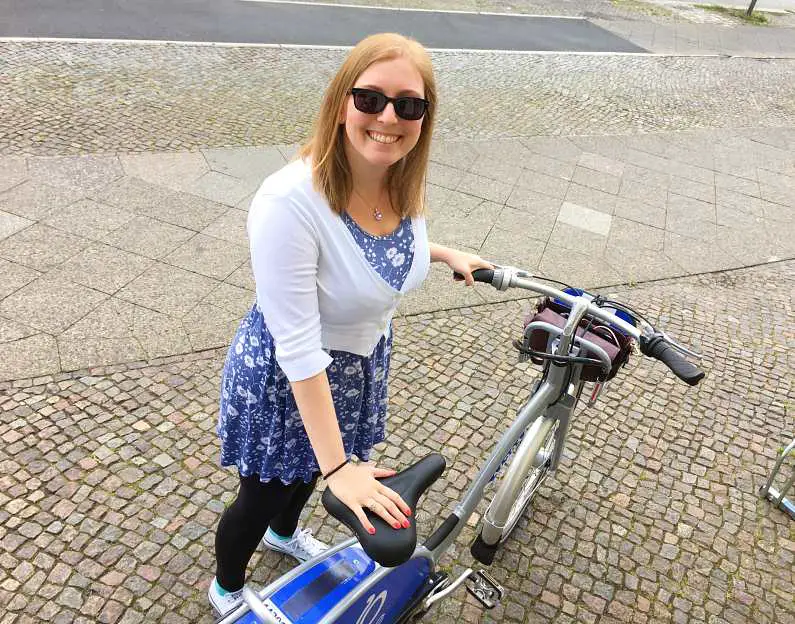
Check out my 12 cool things to do in Berlin video on YouTube:
OTHER European CITY break POSTS YOU MAY LIKE…
- Best Northern UK city breaks for vegan travellers
- 24 HOURS IN PARIS: How to see the best of Paris in a day!
- Top 20 free things to do in Amsterdam (that first-time visitors will love!)
- Top 10 things to do in Porto for first-timers
What cool things to do in Berlin are you adding to your weekend itinerary? 😄

Quick FYI guys – this ’12 cool things to do in Berlin’ post contains affiliate links to tours and attractions I recommend. I will receive a small commission for purchases made through these links at no extra cost to you. Thanks so much for your support!
